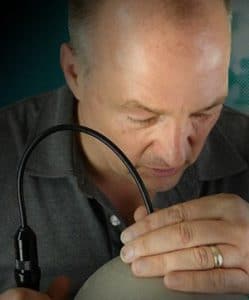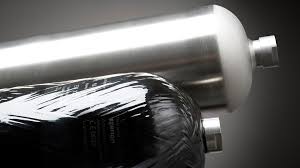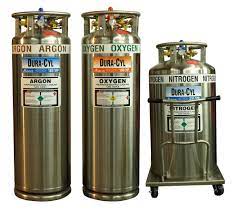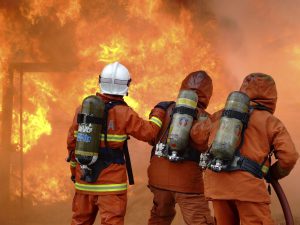
Cylinder Inspection Training: Why a Maintained Cylinder Is a Happy Cylinder
Uncover the importance of gas cylinder inspections and training. Dive deep into ensuring safety, boosting efficiency, and prolonging cylinder life.
High pressure cylinders are widely used in a variety of industries to store and transport gasses such as oxygen, nitrogen, and carbon dioxide. These cylinders are typically made of materials like steel or aluminum and are designed to withstand high pressures to keep the gasses contained safely. However, over time, high pressure cylinders can begin to corrode, which can compromise their integrity and safety. As a result, it is crucial to understand how long these cylinders can last before corroding and what factors contribute to their deterioration.
In this article, we will explore the question of how long until a high-pressure cylinder corrodes, including the several factors that affect its lifespan, the several types of corrosion that can occur, and methods for assessing its condition. By understanding the lifespan of high-pressure cylinders, we can take the necessary steps to ensure their safety and prevent potential hazards.
For most types of corrosion to occur you need metal, oxygen, and moisture. The moisture allows electrolysis to occur between an Anode and a Cathode. This is quite common on Galvanic corrosion (dissimilar metals) but can also occur on the surface of similar material. For example, pitting corrosion may cause one area to become Cathodic and another area to become Anodic.
There are several types of corrosion. Pitting, stress corrosion, galvanic, and line corrosion to name but a few. The type of corrosion may determine the lifespan of a cylinder, or the type of failure a cylinder will experience. Pitting corrosion may cause leaks or small diameter ruptures while extensive line corrosion may cause a catastrophic rupture. The types of corrosion are based on the type of metal, the gas the cylinder contains and the exposure to other types of substances. Because of the numerous variables, it is difficult to determine when a cylinder failure will occur.
10 Common Types of Corrosion (thoughtco.com)
The general rule of thumb, or allowable damage to a cylinder, is penetration of 1/3 (33%) of the material thickness. Once corrosion or damage has penetrated 33% of the wall thickness, the cylinder is considered unsafe for continued service. Since cylinders are closed vessels, with crowns and threaded necks, it can be impossible to determine the actual thickness of the metal.
Damage limits can be estimated on common cylinder sizes. It is not accurate, but it does provide a baseline. For aluminum cylinders a general rule of thumb is any damage over .060” would condemn that cylinder. Since steel cylinders are generally thinner, the average is .040” of allowed damage. Both damage limits are only a rough estimate. The actual size of the cylinder will determine its metal thickness.
To measure these damage limits takes special tools and training. A damage estimating reference plate (D.E.R.P) can be one tool to provide a visual reference on the exterior of the cylinder. If damage is found inside the cylinder, Collapsible Adjustable Length Probes (C.A.L.P) can be used to help estimate the internal damage. Using either of these tools takes proper training and some experience.
The lifespan of a cylinder is based on a number of factors. Some cylinders have been in use for decades. Others have been condemned within a few months of service. The way a cylinder is stored, used, transported, filled, and visually inspected are all factors in its life span. These are the best recommendations to maintain a cylinder’s longevity:
Gas Cylinder Safety | Environmental Health & Safety (gatech.edu)

I enjoy continuing to build the business based on safety since 1999. CTS focuses on the inspection of high pressure cylinders, the maintaining of the valves and basic maintenance of high pressure compressor systems. CTS stays current in techniques and tools to train both the new and novice employee. We publish articles, update training tools and have created an APP to assist during the inspection process.
#cylinder #safety #hazmat #training #cylinderinspectiontraining #cylindex

Uncover the importance of gas cylinder inspections and training. Dive deep into ensuring safety, boosting efficiency, and prolonging cylinder life.

Is your composite cylinder showing signs of wear? Discover when to seek a professional repair service in our comprehensive guide.

29 CFR 1910.101 intro Handling cryogenic cylinders involves working with extremely low-temperature gases that pose unique safety risks. To ensure the safe handling, storage, and transportation of these hazardous materials,

Introduction Firefighters encounter many risks while on duty, including hazardous materials and high pressure bottles. High pressure bottles are used for a variety of purposes in firefighting, including powering hydraulic